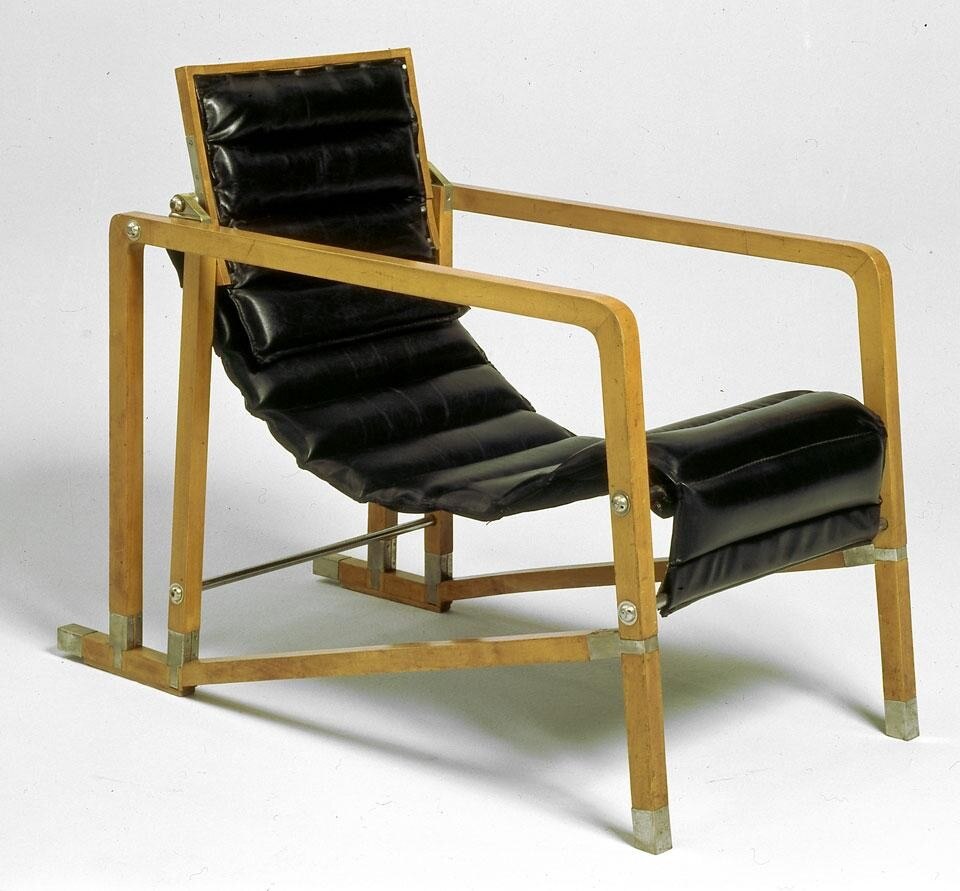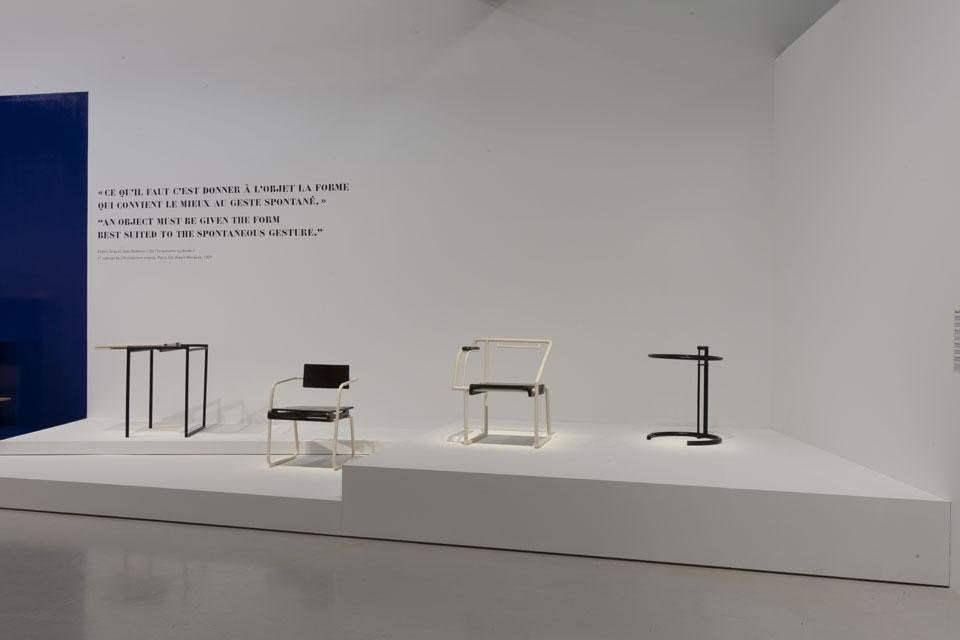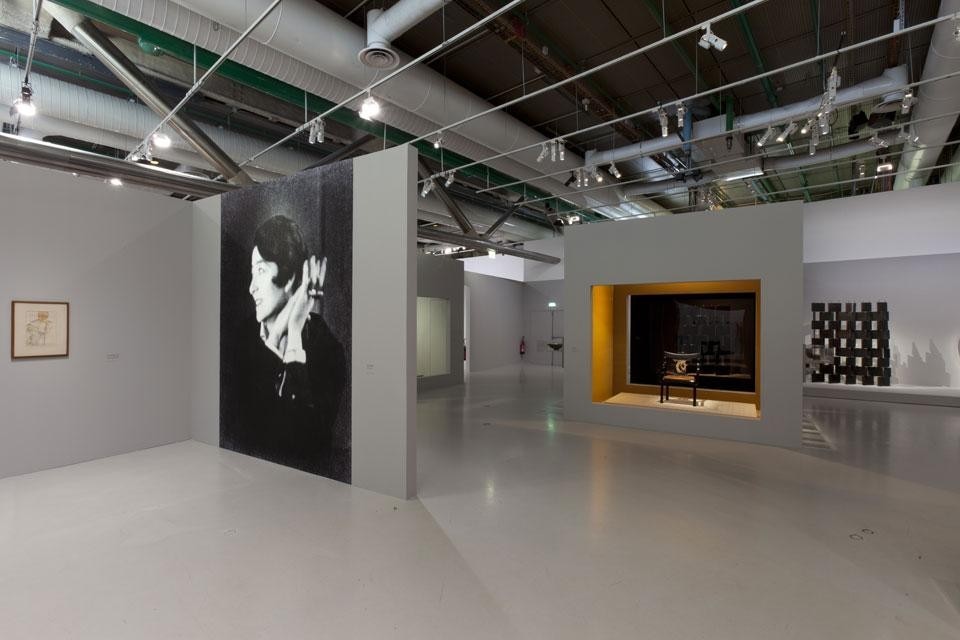—Jean Bodovici
Cloé Pitiot, curator of the new Eileen Gray exhibition, currently on view at Paris' Centre Georges Pompidou, states that Gray wasn't a designer, an architect or a painter. She was simply an artist, a total creator, who expressed her sensibility in the spirit of the Gesamtkunstwerk, the total work of art.
In the course of her 98-year life (1878-1976), the Irish-born Gray navigated between Art Deco and Modern architecture. She began her career studying painting at London's Slade School of Fine Art, to later discover the art of lacquer work, which she also practiced while in the UK. In 1902 Gray moved to Paris, where she would remain for most of her life. Here she would slowly move from two- to three-dimensions, designing, producing and selling furniture while working on interior design projects. In 1922 she opened her own gallery, the Galerie Jean Désert, on Rue du Faubourg Saint-Honoré. For this very modern woman, one of the first Europeans to drive a car, using a man's fictional name would render acceptable the idea of a gallery entirely run by a woman. A few years later, egged on by her friend Romanian architect and urban planner Jean Badovici — Pitiot insists on refuting the rumours of a love affair between the two — Gray went beyond mere decoration and learned architecture as an autodidact.
1.jpg.foto.rmedium.jpg)

The show does not take any big risks in terms of spatial organization and modes of display, but the exhibition design is nonetheless compelling
1.jpg.foto.rmedium.jpg)
1.jpg.foto.rmedium.jpg)
1.jpg.foto.rmedium.jpg)
1.jpg.foto.rmedium.jpg)
Notes:
1. Rykwert, Joseph, "Un omaggio a Eileen Gray, pioniera del design" in Domus, Dec. 1968, p. 33-46.

Eileen Gray
Centre Georges Pompidou
19 Rue Beaubourg, Paris


